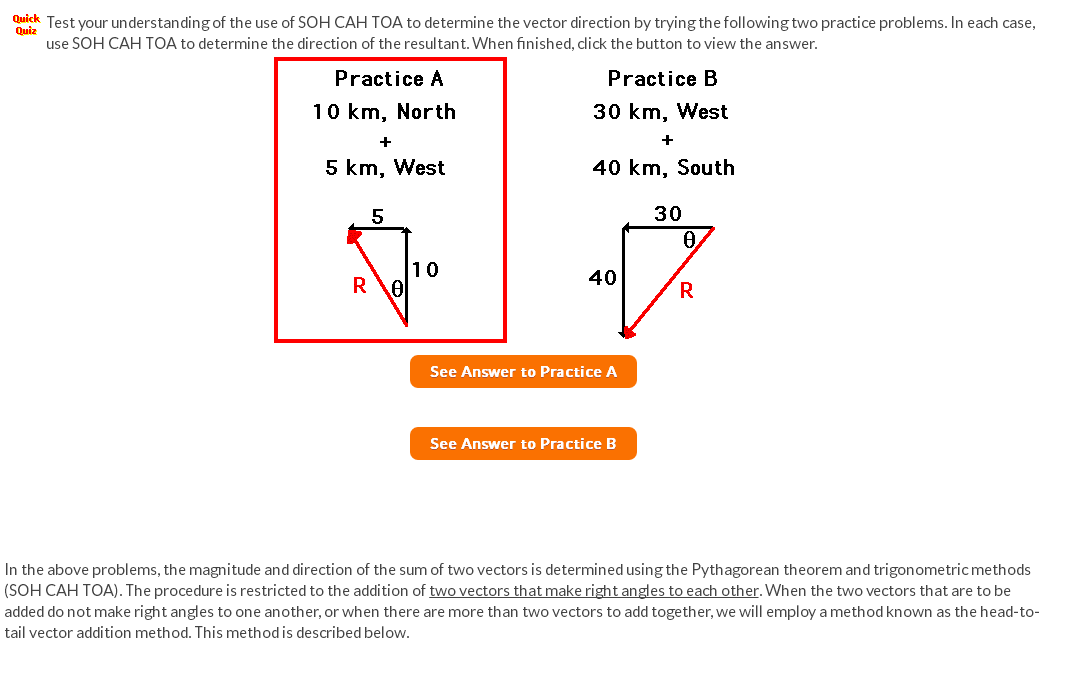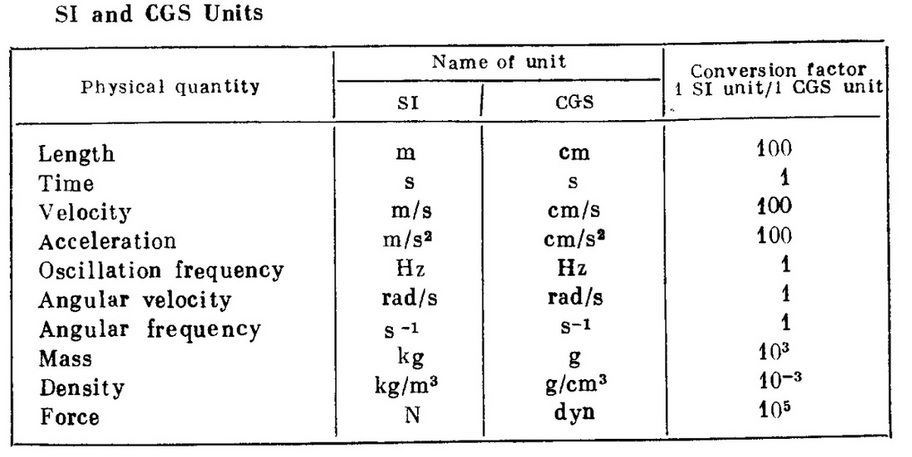BlueGas
Well-Known Member
- Joined
- Sep 20, 2014
- Messages
- 2,448
- Gender
- Male
- HSC
- N/A
Setting up this thread for questions that I need help with 
For this question ------- A motorist travels 3 km North and 4 km East. What is the displacement from the starting position?
Do I just use Pythagoras's Theorem?
How about this? A student walks 1.0 kilometer due east and 1.0 kilometer due south. Then she runs 2.0 kilometers due west. The magnitude of the student' s resultant displacement is closest to..... why is the answer 1.4?
For this question ------- A motorist travels 3 km North and 4 km East. What is the displacement from the starting position?
Do I just use Pythagoras's Theorem?
How about this? A student walks 1.0 kilometer due east and 1.0 kilometer due south. Then she runs 2.0 kilometers due west. The magnitude of the student' s resultant displacement is closest to..... why is the answer 1.4?



